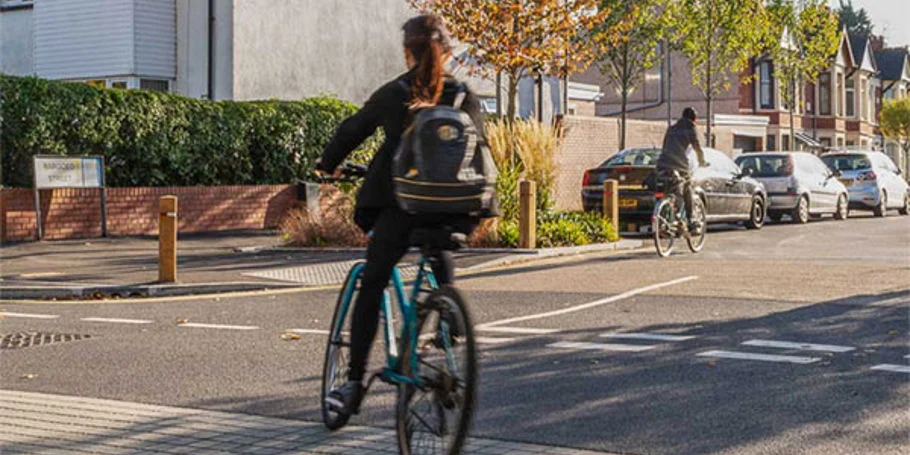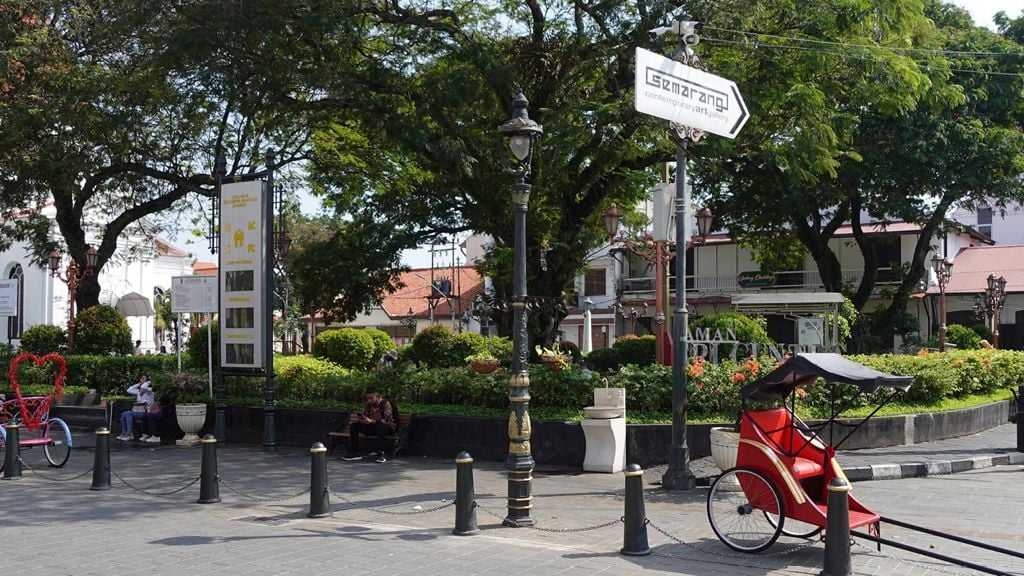Cardiff Council has set out a vision to double the number of cycle trips within the city by 2030. The plan is to redevelop the city so that walking or cycling is the first choice of transport for short trips. To facilitate this movement and increase connectivity, there is a requirement to develop safe, practical and accessible cycling infrastructure for communities.
Arup’s team of transport planners and civil engineers has been working closely with Cardiff Council to develop the network of cycleways’ proposal. Five primary route corridors have been identified and will connect major destinations, existing communities and strategic development sites across the city.
Working with Local Transport Projects (LTP), Arup has completed the preliminary concept design for the first four routes. The development of over 30km of new, primarily segregated cycle routes will be part of an important step-change to improve Cardiff's cycling infrastructure.
An essential need for cycleways
The requirement for a network of cycling routes within Cardiff came in response to pressing obligations arising from the Active Travel Act (Wales) for councils to continually improve active travel routes. A strategic network would encourage communities to prioritise walking and cycling over driving, by connecting schools, businesses and key sites across the city through integrated active travel infrastructure. Cardiff Council had an indication of the areas that should form part of the network but lacked clarity around the specific routes that would enable connectivity.
Developing the optimal path
Arup’s role supported the development of a clear vision. The process involved reviewing and mapping the existing network of cycle routes to identify routes that were unsuitable and unable to meet the intended standard, or which could be upgraded to provide part of the future network. This work enabled us to identify two new primary route corridors to complete the network. Our work appraised different route options within the two corridors to establish the proposed routes and required infrastructure. The two routes have subsequently been split into five route sections for further development.










